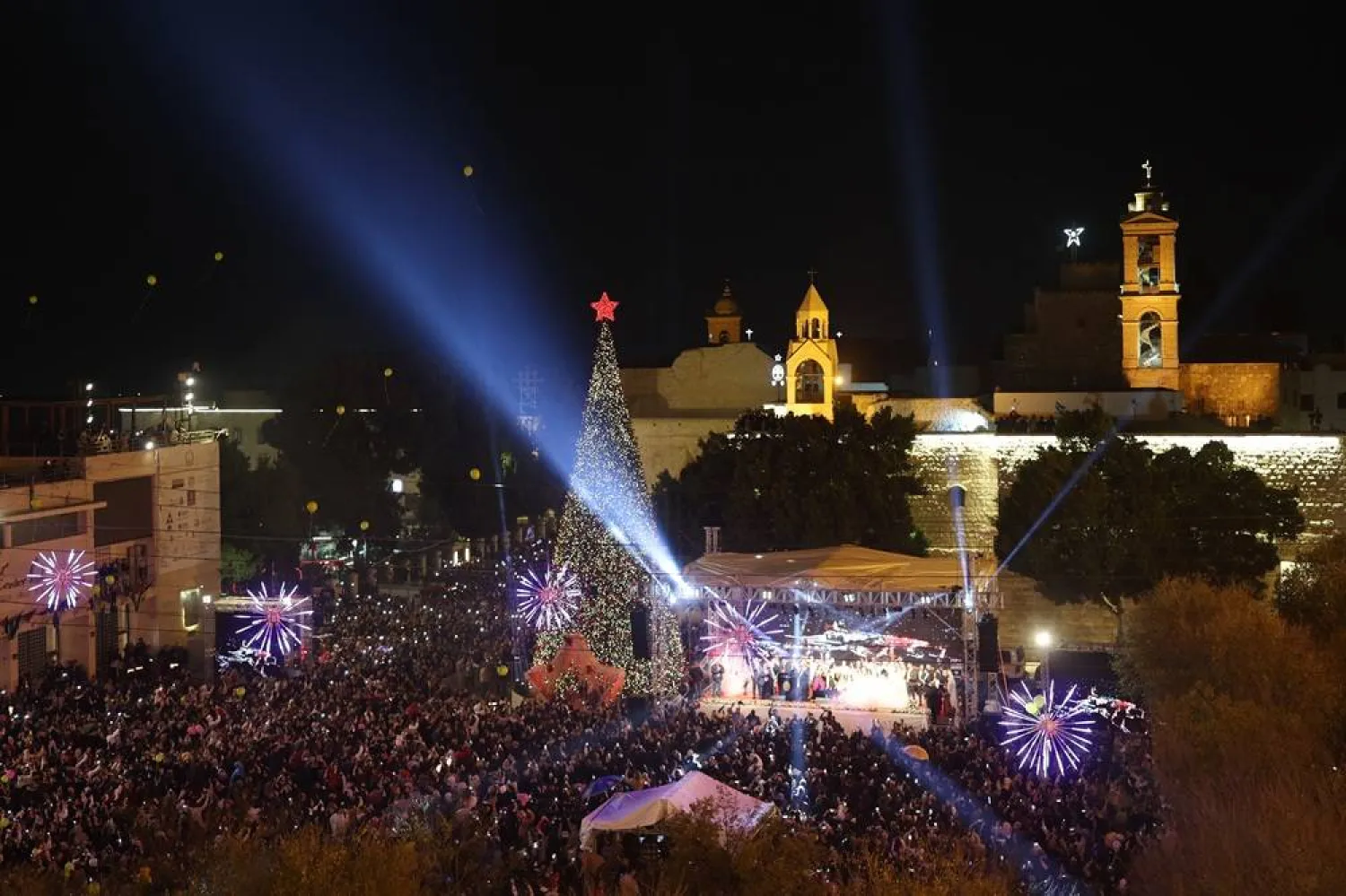A bakery in Gaza City has started operating for the first time in six months with aid from the World Food Program (WFP), providing desperately needed food in a part of the territory where a UN-backed report has warned of imminent famine.
Abdelrahman al-Jadba, clutching a bag of freshly baked loaves, said he felt a sense of relief that he'd be able to feed his children, describing how he had been forced to give them bread made from flour mixed with sand.
"We pray to God that this continues," he said.
Israel's offensive in the Gaza Strip has turned much of the territory into a wasteland with an unfolding humanitarian catastrophe since October, when the armed group Hamas ignited war by storming southern Israel.
Israel has faced increased international pressure to let more aid into the Gaza Strip since it targeted an aid convoy on April 1, killing international relief workers.
The WFP said it has been using a new coordinated route to get aid to north Gaza, where it had delivered more than 1,300 metric tons of food parcels and wheat flour through nine convoys.
"On Saturday, WFP successfully delivered fuel enough for 4-5 days and wheat flour to a bakery in Gaza City to produce 14,000 bread parcels daily, the first delivery since the start of the war," a WFP spokesperson said.
"Deliveries will need to be repeated regularly, the plan is to reach an additional three bakeries in Gaza City next."
Israel, which denies hindering humanitarian relief to Gaza, has said that aid is moving into Gaza more quickly. But the amount is disputed and the United Nations says it is still much less than the bare minimum to meet humanitarian needs.
Bakery worker Motaz Ajour said his bakery had been out of action for 170 days until receiving WFP aid.
"A huge number of people are outside waiting in line and we hope to God that there will be other bakeries that will help us in north of Gaza," he said.
Aid agencies have complained that Israel is not ensuring enough access for food, medicine and other needed humanitarian supplies, and the European Union foreign policy chief Josep Borrell accused Israel in March of using starvation as a weapon of war.
Israel has blamed delays on aid getting into Gaza on the United Nations, which it has said is inefficient. It said convoys started going into northern Gaza from Thursday using a new crossing point it set up. It was not clear if the WFP convoys were using that route.
According to the union of bakery owners in Gaza, there were 140 bakeries operating in Gaza before the war, many of which had been bombed and destroyed. All bakeries in northern Gaza had stopped functioning.
Al-Jadba said the bag of bread he had bought cost 5 shekels ($1.35). Ten days ago, it would have cost him 20 times that amount, he said.
"Our feelings after bread became available: it brought some sense of relief to be able to feed these children, fill the hunger and be able to move on to the next day and maybe, God willing, bring more," he said.









